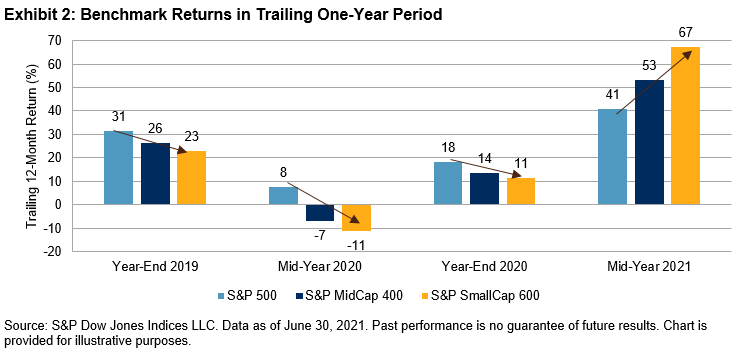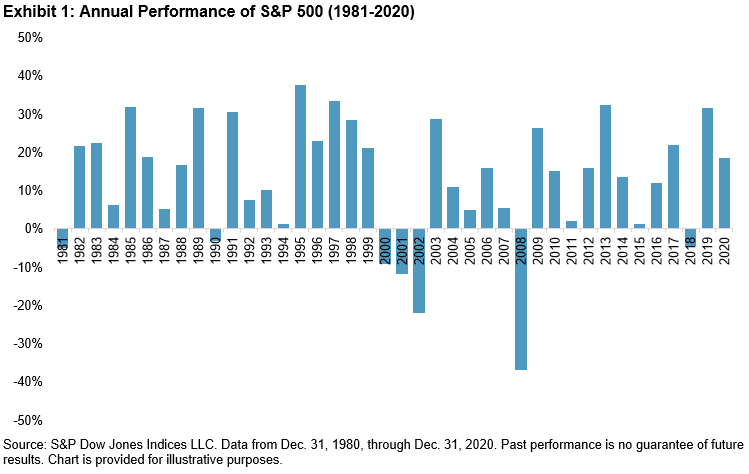The S&P GSCI, the broad commodities benchmark, rose in September by 6.0%. Energy-related commodities were the outperformers on the back of what may prove to be a lasting global energy supply crunch. Agriculture and metals were mostly lower over the month.
Record natural gas and electricity prices in Europe, record coal prices in China, multi-year high natural gas prices in the U.S., and oil prices tipping USD 80 per barrel are all manifestations of a global energy shortage that came into sharp focus in September. The S&P GSCI Natural Gas rallied 32.9%, while the S&P GSCI Petroleum jumped 10.0% over the month. While OPEC+ has started gradually restoring the output that was shuttered at the height of the COVID-19 pandemic, the inability of some members to raise output to agreed levels due to underinvestment and maintenance is increasing the burden on top producers such as Saudi Arabia to meet strong post-pandemic demand.
Most commodities within the agriculture space moved lower in September, cooling off after strong YTD performance. The USDA’s Quarterly Grain Stocks Report confirmed that U.S. corn and soybean stocks were larger than expected, while U.S. wheat stocks were at a 14-year low. The S&P GSCI Soybeans dropped 2.8% over the month. The S&P GSCI Cotton was one of the few outperformers in the agriculture complex, moving higher by 14.4% due to the same weather-related issues faced by the energy sector. Much of the cotton-growing regions in the U.S. were in the path of Hurricane Ida earlier in the month.
The S&P GSCI Livestock fell 3.0% in September, with live and feeder cattle prices taking a hit on the supply side from high slaughter rates, and on the demand side from concerns over the longevity of beef export demand and the possible impact of inflation on U.S. consumers’ consumption patterns.
Industrial metals were a mixed bag, with most falling in September, but the S&P GSCI Aluminum moved higher by 5.0% and was up 41.4% YTD. Concerns regarding the availability of bauxite, the raw material used to produce aluminum, combined with power outages and a government crackdown on polluting industries in China, have greatly disrupted the aluminum supply chain.
The S&P GSCI Precious Metals fell 3.7%, as the U.S. dollar reached a new one-year high. As U.S. yields jumped higher, assets that provide no yield like gold or silver took the hit. Historically expected to provide a strong hedge to inflation, gold’s inflation beta has declined rapidly over the past two years, while other commodities like crude oil have shown a much stronger relationship to moves in inflation.
The posts on this blog are opinions, not advice. Please read our Disclaimers.
















































